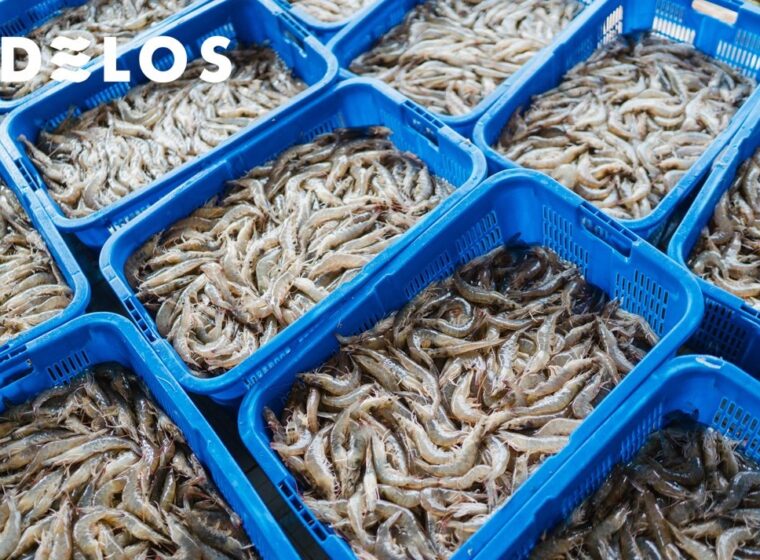Shrimp has long been one of Indonesia’s largest fisheries export commodities in the international market. However, before being exported, shrimp must first meet the criteria of export quality to compete effectively.
The quality of exported shrimp is crucial for shrimp-producing countries to enter the global market and maintain their reputation. Here are the detailed characteristics:
Also Read: 4 Popular and Delicious American Shrimp Recipes
Characteristics of Export Quality Shrimp
1. Freshness of Shrimp
The first characteristic of export-quality shrimp can be observed in its freshness. Export-quality shrimp should have a firm and resilient texture. The shrimp’s shell should be intact, not mushy, and free of slime. Additionally, shrimp should smell fresh, without a strong fishy or ammonia odour.
2. Bright and Consistent Color
The colour of shrimp is a crucial indicator of export-quality characteristics. Export-quality shrimp generally have bright and consistent colours. Dull or faded shell colour may indicate a lack of freshness or improper handling.
3. Consistent Size
The size of shrimp is also important in determining its quality. Shrimp exporters must ensure that the shrimp sizes meet the specifications requested by buyers. Shrimp with consistent sizes may lead to customer satisfaction.
4. Good Hygiene and Health Conditions
Another characteristic of export-quality shrimp is that it meets the standards of good hygiene and health conditions. Shrimp intended for export must be free from dirt, parasites, or other physical damages. Cleaning and processing of shrimp must be done carefully to ensure product hygiene and health. Contamination by bacteria or harmful chemicals must be completely avoided.
Also Read: Preserving the Freshness of Vannamei Shrimp After Harvest with Ice
5. Proper Handling and Processing
The handling process of freshly harvested shrimp, from harvest to packaging, is crucial in maintaining its quality. Shrimp should be handled promptly after harvest to prevent damage and quality deterioration. Rapid cooling and proper packaging at the right temperature can extend the shelf life of shrimp.
6. International Standard Certification
Shrimp intended for export must meet international standards for food quality and safety, such as Hazard Analysis and Critical Control Points (HACCP), Global Good Agricultural Practices (GAP) standards, and other certifications. Certifications such as halal or organic can also enhance the product’s competitiveness in the global market.
7. Compliance with Regulations
Export shrimp producers must ensure that their production processes comply with all applicable regulations and standards in both the country of origin and the destination country. Compliance with regulations related to the environment, labour, and animal welfare is increasingly valued by the global market.
8. Appropriate Packaging
The last characteristic of export-quality shrimp is proper packaging to maintain its quality during shipping and storage. Packaging should be done with suitable, strong, and hygienic materials. Clear information about the origin of the shrimp, production date, and other details should also be included in the packaging.
Also Read: 7 Factors Influencing the Shrimp Export You Should Know
Supporting the Increase of Indonesia’s Shrimp Export Value with DELOS!
By adhering to the above characteristics of export-quality shrimp, producers can ensure that their products meet high export-quality standards. This not only enhances the competitiveness of their products in the international market but also builds a good reputation and expands their global market share.
Let’s support the increase of Indonesia’s shrimp export to the global market with DELOS! Together with shrimp farmers, DELOS is committed to improving the quality of Indonesian shrimp and ensuring sustainable shrimp farming practices.
Join DELOS to support Indonesia’s shrimp export. Visit www.delosaqua.com or contact contact@delosaqua.com for more information.




